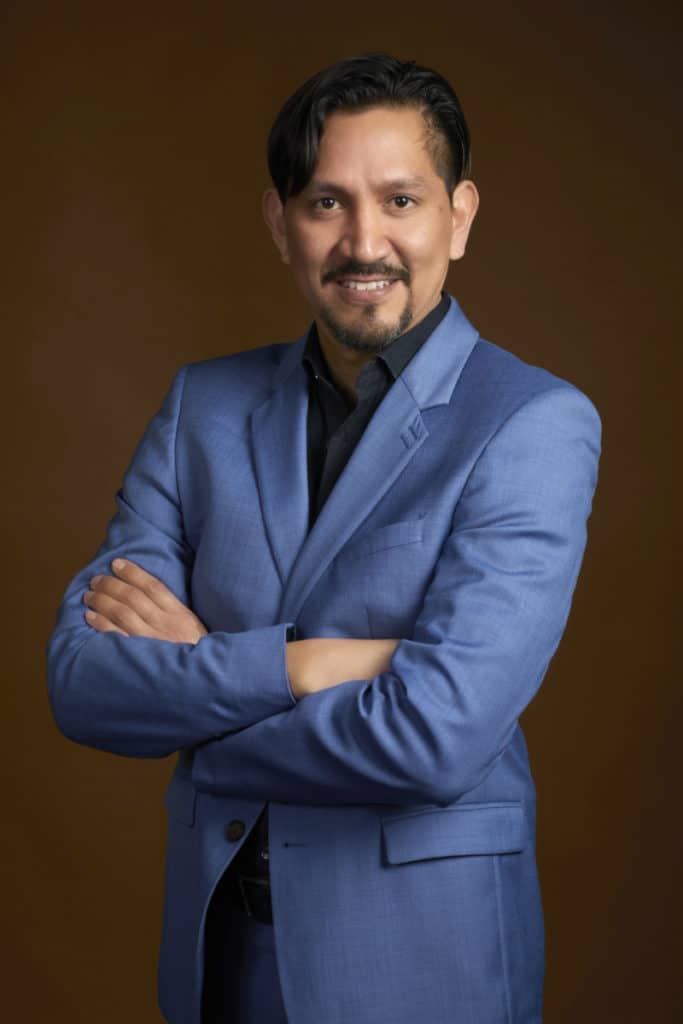Omar Pazmiño (IS Mission Manager) and Loïc Girard (Treasury Project Manager) have successfully completed the implementation of the cash management system (Datalog TMS) of the Urssaf Caisse Nationale, the cornerstone of the public institution’s digital transformation.
Testimonial.


Hello Loïc, hello Omar, before we begin this interview, could you introduce us to the Urssaf Caisse Nationale and the challenges of this transformation project?
Loïc Girard: Acoss, renamed Urssaf Caisse Nationale in 2021, is responsible for managing the cash flow of the various branches of Social Security in order to ensure the financing of health, retirement, family and unemployment benefits for millions of French people. Before 2021, we were using a lot of software that was segmented by function. It was becoming complicated to maintain and adapt them to our processes, which are now more demanding, especially in terms of flow volume and flexibility (parameterization without development or technical teams, regular updates, etc.), which has become essential with the new responsibilities of the URSSAF treasurer. At the same time, a large-scale digital transformation project was launched, aimed at putting the implementation of the new TMS at the heart of our information system.
Omar Pazmiño: Urssaf Caisse Nationale accounts for €500 billion in contributions and €530 billion in payments that pass through the system each year to pay social benefits and manage financing flows. With up to €2,000 billion of financial flows exchanged via our treasury information system, the core business of our activity, securing our operations and better controlling risks required a change of system and an evolution of our internal treasury culture. In addition, we were looking for an integrated TMS that would allow for scalability (collection scope extended to other schemes, integration of other branches, regulatory or legislative changes, etc.), with an accounting engine that could be used by various user profiles (treasurer, accountant, auditor, statistician).
What process led you to choose Datalog TMS and how did the project unfold?
OP: Our transformation plan includes a dozen projects, of which the TMS is the core. Without an adapted TMS, the plan could not have been carried out. The requirements expression phase and the modeling of our procedures were therefore particularly thorough before we published our call for tenders. Within our Competitive Procedure with Negotiation, 400 specific points dealt solely with the TMS. This stage allowed us to increase the skills of Acoss managers and the realities of the treasurer’s job, including technical ones.
LG: Datalog’s response to our call for tenders was the most well-founded of the publishers who replied to us. Both in terms of volume and quality, with proof of their know-how (technical, project, etc.) and their business knowledge, these responses were appreciated. If the POC validated the richness and flexibility of the system, the answers provided by the Datalog product manager, who was going to guide us throughout the project, convinced the most hesitant decision-makers of the National Treasury System Steering Committee that we were going to be very well supported.
OP: In addition to the rapid learning curve of the tool, several other very positive aspects of our collaboration with Datalog were highlighted. First of all, they were faithful to their reputation as experts:
- Their business expertise allowed us to develop the Treasury culture in the 22 Urssafs, in which there were few treasurers who had worked with Treasury software packages.
- Their “global” expertise (project, systems, technical…) allowed us to save a lot of time on the different phases, especially on the interfaces.
- For each specific problem raised (functional, server performance…), an adapted solution was found.
An excellent relationship was built during the project, strengthened by the constraints linked to Covid, which finally did not constitute a real obstacle to the project. Nevertheless, physical meetings might have shortened the design and configuration phase, which took longer than expected, but this was compensated by the unfailing responsiveness of the Datalog teams.
What is your assessment of the implementation of the TMS?
LG: A very positive assessment, both from the point of view of the suitability of our processes and of security. Indeed, the system covers all our expectations, displays and logs most of our processes, allowing us to read fewer logs, to take a step back and make better decisions.
The flexibility of the tool is also a huge asset. We are now autonomous and can set up our new requirements without having to call on our IT department or the editor.
Finally, Acoss employees now have more faith in the business systems, as the TMS is the first major software package implemented in the company.
This success has allowed us to serenely consider the launch of our other information system projects.
OP: Nothing negative to raise, in fact: the design, analysis and acceptance phases were flawless, the project management was optimal, and the ease with which we were able to call on Datalog before and after the transition to production should be emphasized.
There has been a change in business mentality at Acoss and a notable increase in skills: everyone now speaks the”treasury” language and emphasizes the dynamism of the tool, especially in the relationship between local and central.
What advice would you give to a treasurer who wants to implement a new TMS?
LG and OP: This can be summarized in 3 complementary points:
- It is necessary to question all your needs and to think about each process as much as possible.
- An editor (or a consulting company) cannot entirely replace the internal teams.
- You should not use features just because the tool knows how to do it. The software package must be an answer to the needs expressed upstream and, thanks to its flexibility, allow anticipating possible later issues and solving them, and not create these needs.
What are your next projects?
LG and OP: We are gradually going to implement the other complementary tools for our Treasury and Finance IS technologies planned in our transformation project: a cash flow portal linked to the TMS for social security professionals, an engine for calculating repayments to third parties, modelling of central cash flow forecasts, modelling of forecasts for Urssaf contributions, etc. As some of our needs are very specific, the tools are not available on the market, and we are going to develop them in-house.
Even more strategically, we are starting the banking communication and payment project in the last quarter of 2022, again with Datalog, to complete our TMS project.